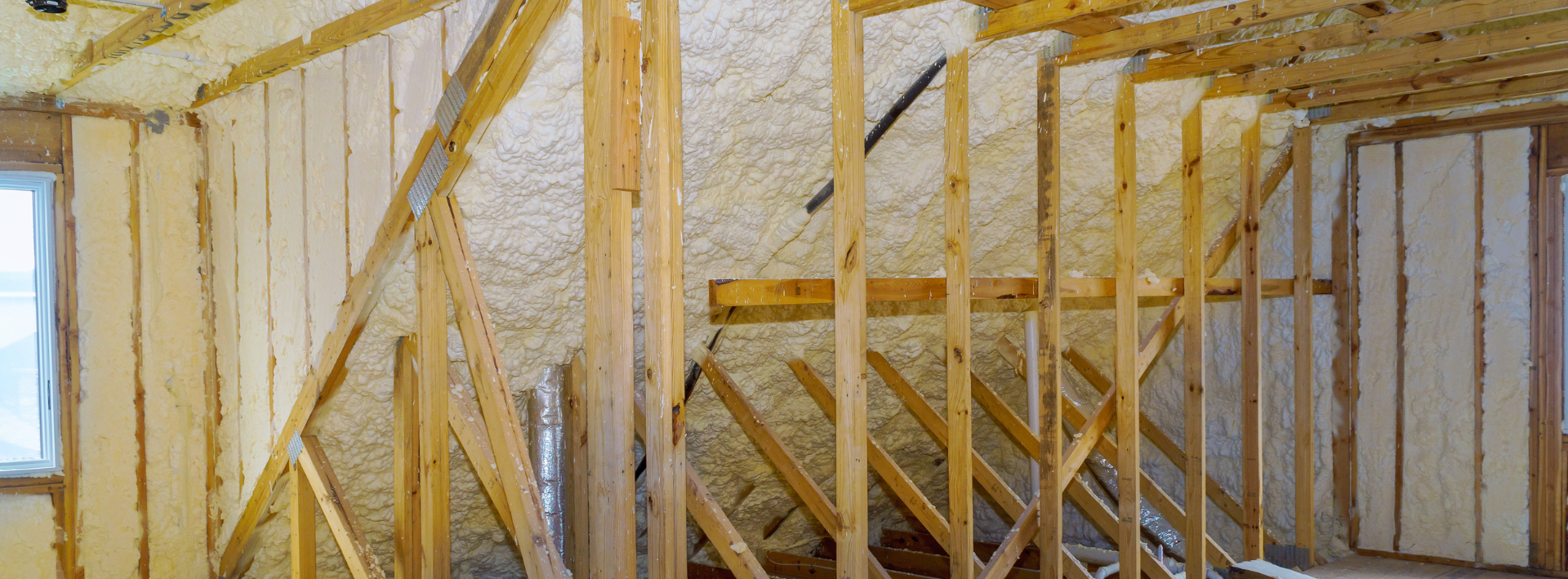Maintaining a healthy indoor environment is essential for our well-being. One of the key factors in creating a healthy living space is preventing the growth of mold and mildew. These microscopic organisms not only compromise the structural integrity of our homes but also pose significant health risks.
In this article, we will explore the role of attic insulation in preventing mold and mildew growth, understanding their characteristics and causes, and how proper insulation can help mitigate these issues.
Understanding Mold and Mildew
Mold and mildew are types of fungi that thrive in damp and humid conditions. They reproduce by releasing spores into the air, which can then settle and grow on various surfaces. Mold typically appears as black, green, or brown patches, while mildew is usually white or gray. Both mold and mildew emit a musty odor and can cause respiratory problems, allergies, and other health issues.
The causes of mold and mildew growth include excessive moisture, inadequate ventilation, and poor insulation. Bathrooms, kitchens, basements, and attics are particularly vulnerable due to their high humidity levels and lack of proper airflow. This is where attic insulation plays a vital role.
The Role of Attic Insulation
Attic insulation is not only crucial for maintaining energy efficiency and reducing heating and cooling costs but also for preventing moisture buildup that can lead to mold and mildew growth. By creating a barrier between the interior of the house and the outside environment, insulation helps regulate temperature and humidity levels, thereby reducing the risk of condensation and dampness in the attic.
Proper insulation prevents warm air from escaping through the attic during the winter and hot air from entering during the summer. This temperature control minimizes the formation of condensation on surfaces, which is a primary source of moisture that promotes mold and mildew growth. Additionally, insulation helps prevent the transfer of moisture-laden air from the living areas below to the attic, further reducing the risk of excess humidity.
Moisture Control in the Attic
To effectively prevent mold and mildew growth, it is crucial to identify potential sources of moisture in the attic. Leaks from the roof, plumbing, or HVAC systems, as well as inadequate ventilation, can introduce moisture into the attic space. When combined with poor insulation, this creates an environment conducive to mold and mildew growth.
Attic insulation acts as a moisture control barrier by reducing the amount of moisture that enters the attic from below. It helps regulate humidity levels by preventing warm, moisture-laden air from seeping into the attic and mixing with the cooler air, which can cause condensation. By minimizing excess moisture, insulation inhibits the growth of mold and mildew.
Types of Attic Insulation
There are various types of insulation materials available for attics, each with its own advantages and characteristics. When it comes to mold prevention, it is important to choose insulation that has good moisture resistance properties. Fiberglass batts, spray foam insulation, and rigid foam boards are commonly used options that offer effective moisture control.
Fiberglass batts, made of glass fibers, are cost-effective and widely used. They do not absorb moisture and can help regulate humidity levels. Spray foam insulation, on the other hand, expands to fill gaps and creates a tight seal, preventing moisture infiltration. Rigid foam boards provide excellent moisture resistance and insulation value, making them a suitable choice for areas prone to mold and mildew.
Proper Installation and Maintenance
The effectiveness of attic insulation in mold prevention depends on proper installation and regular maintenance. Insulation should be installed correctly, without any gaps or compression, to ensure a continuous barrier against moisture infiltration. Professional installation is recommended to achieve optimal results and avoid common pitfalls.
Regular inspections and maintenance are essential to identify any signs of water damage, leaks, or compromised insulation. Homeowners should check for any discoloration or staining on the insulation, which could indicate moisture issues. Any damaged insulation should be promptly replaced to maintain its effectiveness in preventing mold and mildew growth.
Additional Measures to Prevent Mold and Mildew
In addition to attic insulation, proper ventilation and air sealing are vital components in mold prevention. Attic ventilation systems help remove excess moisture from the attic, reducing the risk of condensation and mold growth. Adequate airflow promotes drying and prevents stagnant air from accumulating humidity.
Air sealing the attic is also crucial in preventing moisture intrusion. Gaps, cracks, and openings can allow humid air from the living spaces below to enter the attic, leading to condensation and mold growth. By sealing these gaps, insulation works more effectively in controlling moisture and maintaining a healthy attic environment.
Go For Attic Insulation to prevent Mold Growth

Attic insulation plays a significant role in preventing mold and mildew growth by controlling moisture levels and regulating temperature. It acts as a barrier against excess humidity and helps reduce the risk of condensation in the attic.
By choosing the right insulation materials, ensuring proper installation, and conducting regular maintenance, homeowners can create a healthy living environment free from the damaging effects of mold and mildew. Prioritizing attic insulation is not only beneficial for energy efficiency but also for the overall well-being of individuals and their homes.




